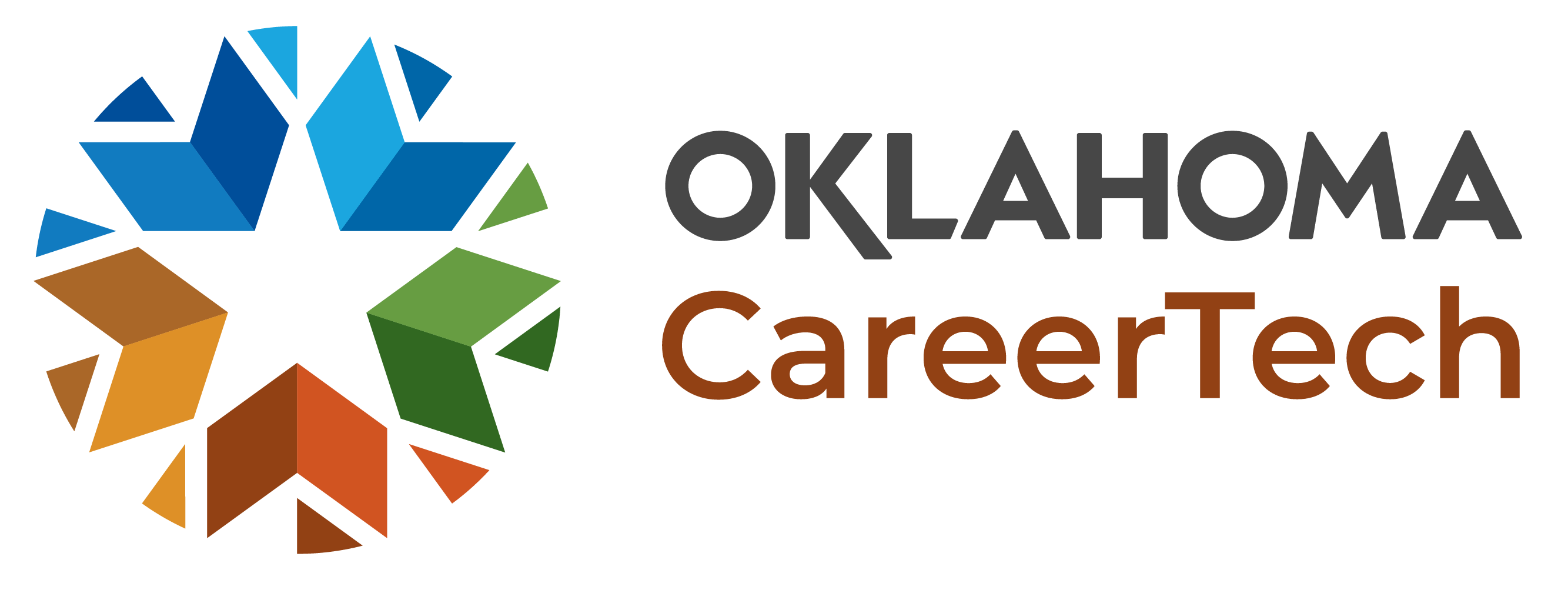Technology Centers of the CareerTech Education System
CareerTech's technology centers provide cost-effective training throughout Oklahoma.
The foundation for Oklahoma's statewide network of 29 technology center districts, operating 63 campuses statewide, was laid in 1966 when Oklahoma voters approved a constitutional amendment allowing the establishment of what were then called area vocational-technical schools.
One of the main goals of these schools was to provide cost-effective vocational education. The amendment allowed school districts to join together to form a vo-tech district with an independent board of education and its own locally approved tax base. The new school could then offer specialized occupational training programs that sending schools could not afford to offer, or for which they might not have enough enrollment to justify the offering.
Gov. Dewey Bartlett, who campaigned on the issue of industrial expansion, championed the formation of these new schools as the linchpin of his efforts to diversify Oklahoma's economy, previously so dependent on oil and agriculture. He knew that these schools would teach high school students the technical skills that a diversified Oklahoma economy would need as well as provide Oklahoma adults the opportunity to upgrade existing skills or learn new skills. He also believed these schools would evolve into a critical recruiting tool to attract new jobs and new investments to Oklahoma. Time, and hard work has proved him right.
Oklahoma's technology centers serve full-time students, both high school pupils and adult learners. Also, district residents, usually adults, flock to the centers to learn new skills or enhance existing ones in popular short-term courses. While high school students attend tuition-free, adult students are charged nominal tuition to offset costs. Students are frequently able to earn credit hours for their studies from local colleges.
In fiscal year 2024, Oklahoma's technology centers had 23,144 secondary enrollments. Most high school students attend approximately three hours per day, either in the morning or the afternoon. Because of increased graduation requirements, technology centers are adapting schedules and pursuing other avenues to provide students with the flexibility they need to attend. The technology centers also served more than 9,900 full-time adult enrollments.
On a statewide average, technology centers receive about two-thirds of their funding at the local level. The remaining is a mixture of state and federal funds.
For more information click this Technology Centers link.


